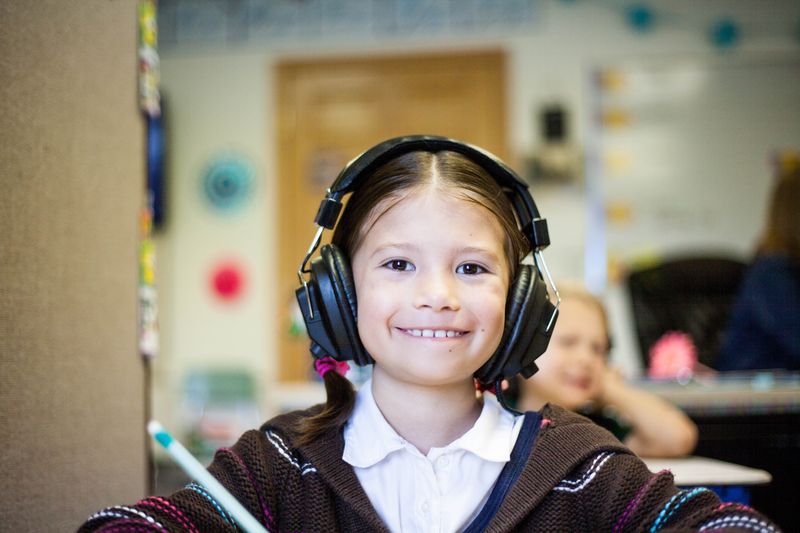
It’s late August, and Helen is at school, busily prepping for the arrival of her new students next week. Memories of her own schooldays as a student with dyslexia inspired her to attend summer training on supporting neurodiversity in her classroom.
She never wants her students to feel judged or singled out the way she did, or to pretend they’re fine when they're actually distressed by cognitive overload.
What can Helen and other teachers do to support neurodiverse learners in their classes?
A few strategies can make a big impact on student inclusion, engagement, and learning.
What is neurodiversity?
Neurodiversity describes the idea that people experience and interact with the world around them in many different ways; there is no one ‘right’ way of thinking, learning, and behaving, and differences are not viewed as deficits.
— Dr. Nicole Baumer & Dr. Julia Frueh
In every classroom, some students are neurotypical: “their strengths and challenges aren’t affected by any kind of difference that changes how their brains work”. Some are neurodivergent: a person “whose brain develops or works differently for some reason."
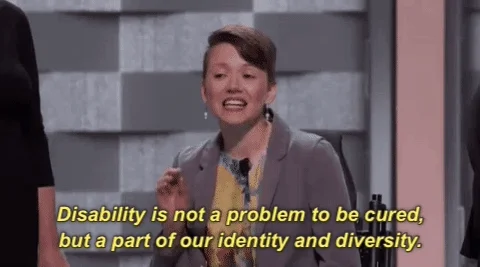
Altogether, neurotypical and neurodivergent students provide the neurodiversity that teachers encounter in their classes every day.
One neurodiverse class could include students who are:
Working at grade level in all or most subjects.
Exceptionally strong in mental math, drawing, memorization, and visualizing 3D shapes/spaces.
Invisibly struggling with executive functioning, social anxiety, or mental illness.
Accommodated with IEPs (individualized education programs) for diagnosed conditions like ADHD, dyslexia, and autism.
Newer learning approaches like Universal Design advise inclusive teaching practices that help all students overcome learning barriers, reinforcing the idea that neurodiversity includes the full range of individual learning strengths and weaknesses.

Helen's plans for the new school year strive to make all students feel included by acknowledging and supporting neurodiversity.
Quiz
Which of these students would you find in a neurodiverse class? Select all that apply.
Know Your Students
One of the most important things a teacher can do to support neurodiversity is simply to get to know their students' strengths and struggles on an individual level.
Some crucial details may be provided by family doctors who diagnose disabilities for classroom accommodations. Parents and caretakers might also share insider knowledge that helps the teacher meet individual student needs.
What about the students themselves?
Inviting neurodivergent students to share their learning stories provides a glimpse of particular strengths and needs in their own words.
Open discussion of learning needs teaches students powerful self-advocacy skills.
Observe students who may not be as comfortable explaining their needs in words. You might see particular passions and strengths play out in other ways.
What Will Helen Do?
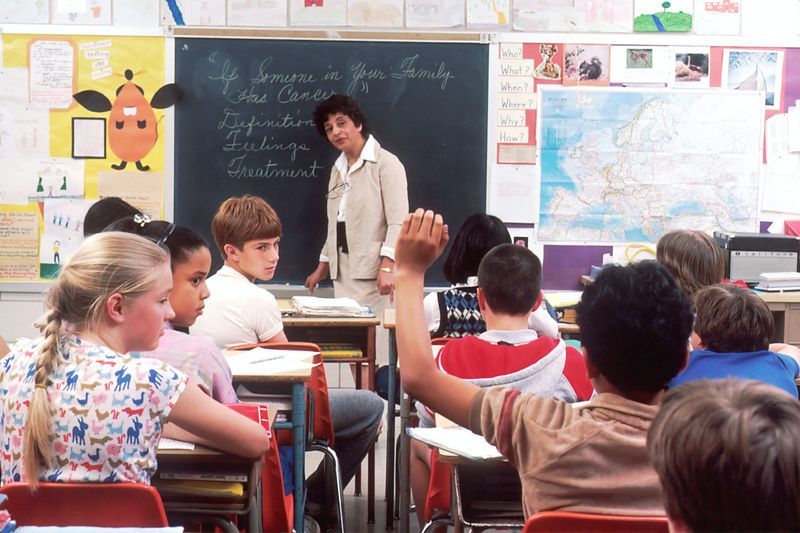
Helen knows she'll learn a lot about her students' neurodivergent needs by reading detailed IEPs and meeting with parents at the first teacher conferencing night.
She's also excited to learn about her students with a "First Five Minutes" activity this year. She'll move around the room, asking students to start the day sharing non-class-related thoughts. She's hoping for insights into strengths and interests, as well as concerns.
To foster an open, safe space, Helen will share details from her own day:
"I'm excited about this afternoon's art lesson. I love to draw."
"I didn't get much sleep last night, so I feel really tired today."
"I set aside quiet time for reading emails this morning because that's best for my dyslexia."
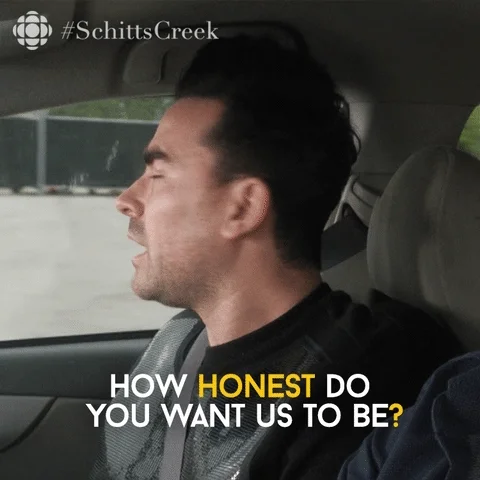
Quiz
How does Helen's "First Five Minutes" activity support neurodiversity? Select all that apply.
Set and Support a High Bar
Helen has painful memories of teachers who ignored her during challenging lessons and projects because they presumed her dyslexia meant she couldn't keep up.

Other teachers, however, set "high but realistic expectations" for Helen's dyslexia and let her read ahead at home so she could fully participate in even the hardest assignments.
Research shows students tend to achieve more when teachers perceive them as high-potential. Similarly they achieve less when teachers perceive them as low potential.
What Will Helen Do?
To help both neurotypical and neurodivergent students meet learning objectives, Helen will use differentiated instruction to support a neurodiverse range of learners, such as:
sharing resources in text, video, and audio formats
offering printed templates and phone apps to assist organization
letting students choose how to demonstrate learning — for example, by selecting an essay, presentation, or poster project
Make Tools Accessible to Everyone
Helen's summer neurodiversity training introduced her to strategies that could benefit all learners, not just students with diagnosed neurodivergence.
Meditation
A few minutes of mindfulness, like a breathing exercise or meditation app, can help neurodivergent students to focus. It can also help any student re-center after rushing to class.

Try the "Rule of Three"
While neurodivergent students can benefit from hearing/seeing information multiple times, this strategy could help any distracted student and those with linguistic differences.
Say the information out loud for the whole class to hear.
Write the same information on the white board.
Walk around, check in, and repeat the information to individuals who need reminders.
Everyone Can Use Help Staying Organized
Graphic organizers are useful for students with executive functioning disorders but any student's organization could improve with charts that reinforce instructions. Put printed ones in a basket for pick up and digital ones in a shared drive.
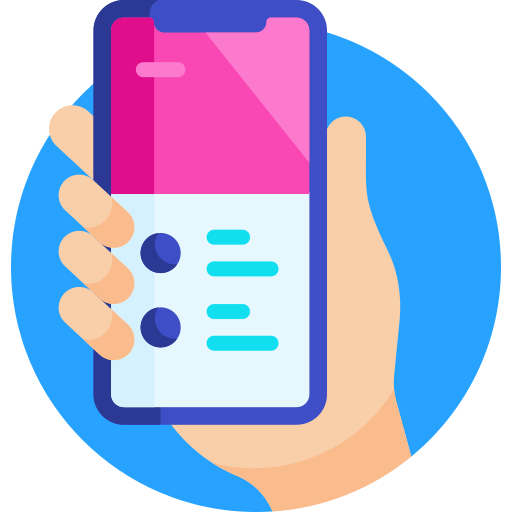
Neurodivergent and neurotypical adults use smartphone apps for grocery lists, to-do lists, and reminders. Why not teach students how to use these same apps? Consider permitting access to these tools in class to stay on top of homework.
Quiz
Which other tools could benefit neurotypical and neurodivergent learners? Select all that apply.
Take Action
With these strategies in place, Helen feels ready to support the full range of neurodiverse learners in her classroom this year!
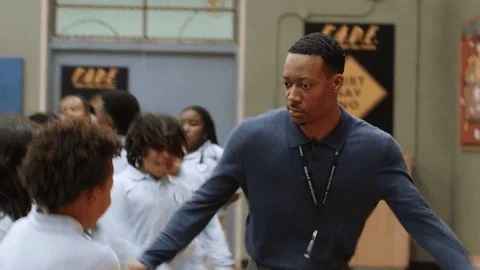
Your feedback matters to us.
This Byte helped me better understand the topic.



